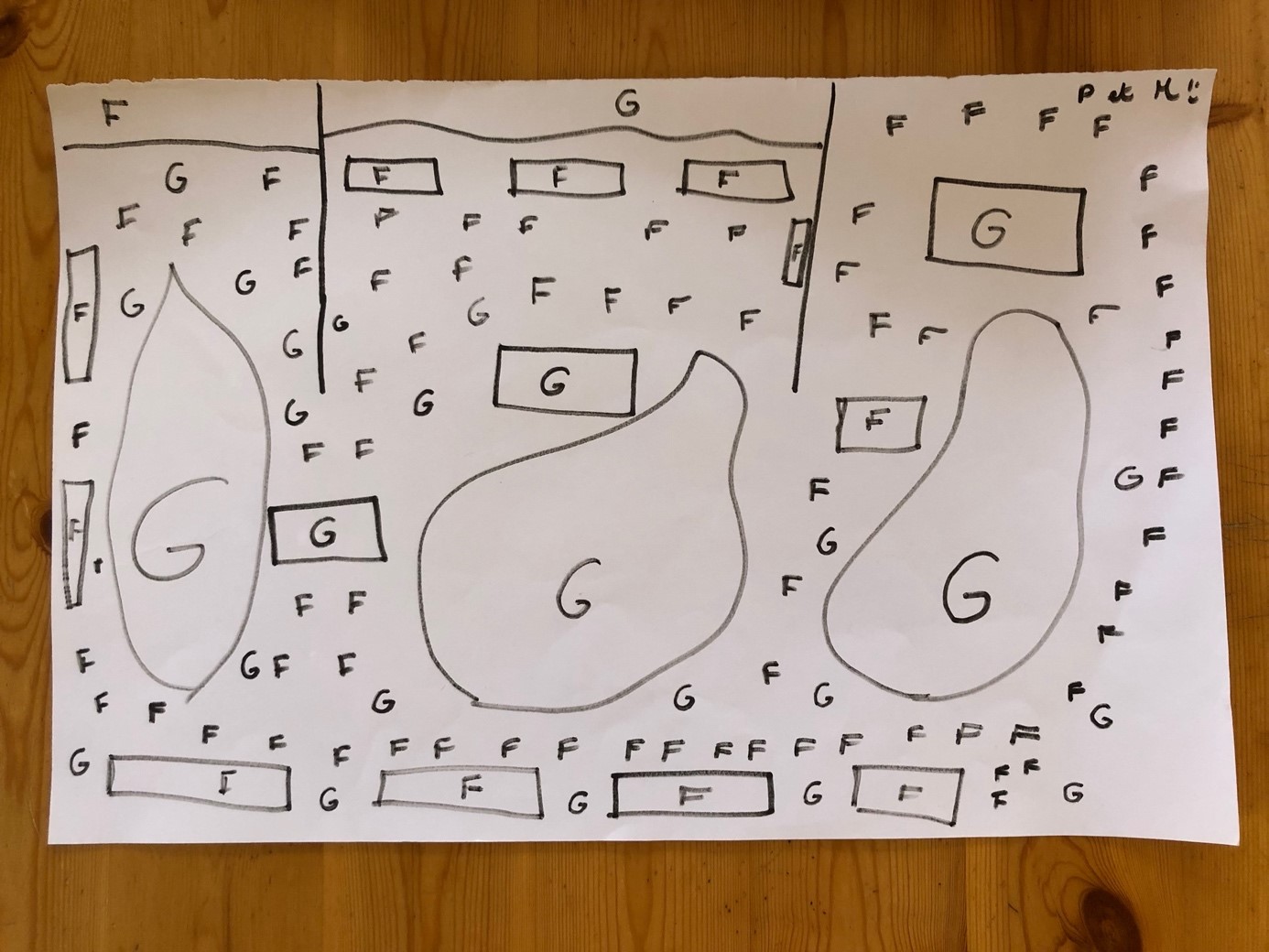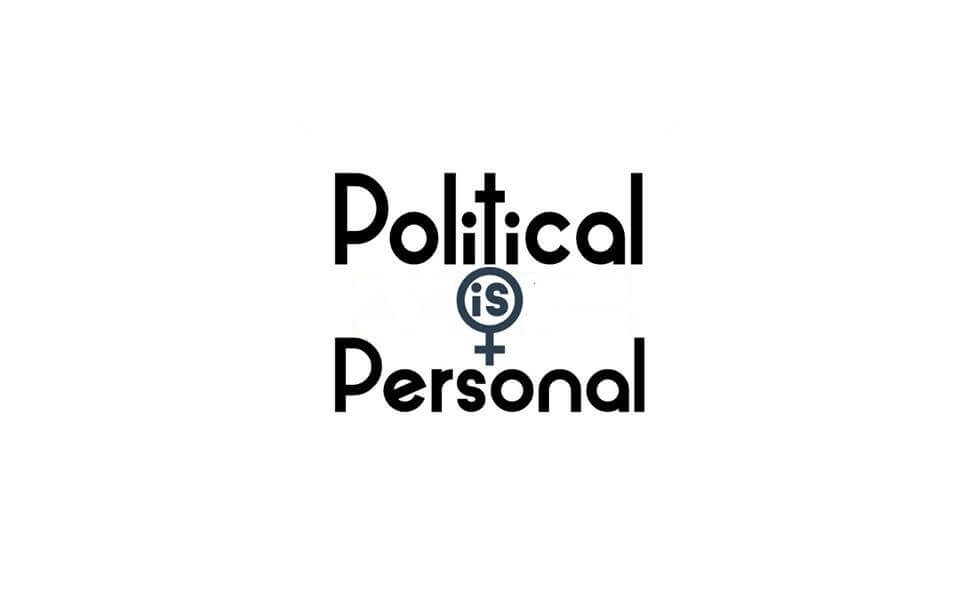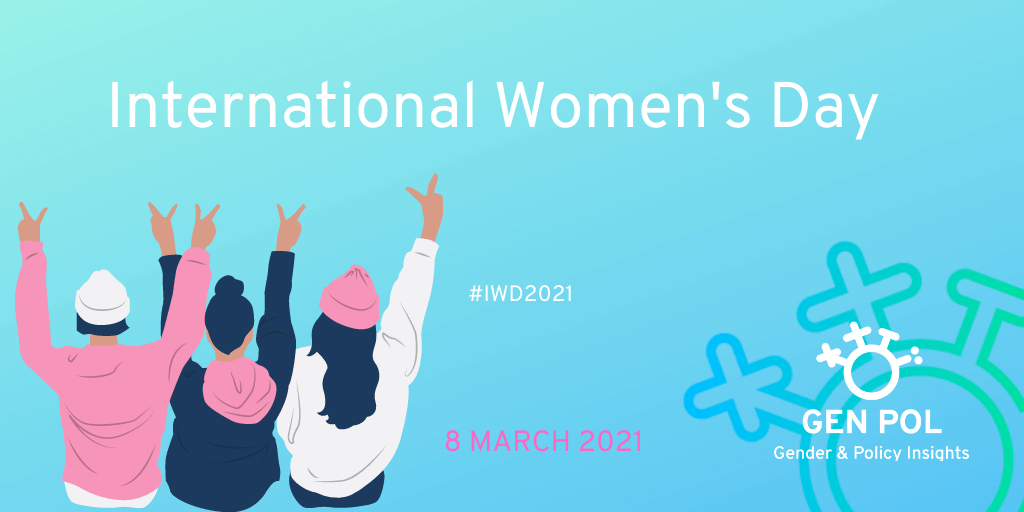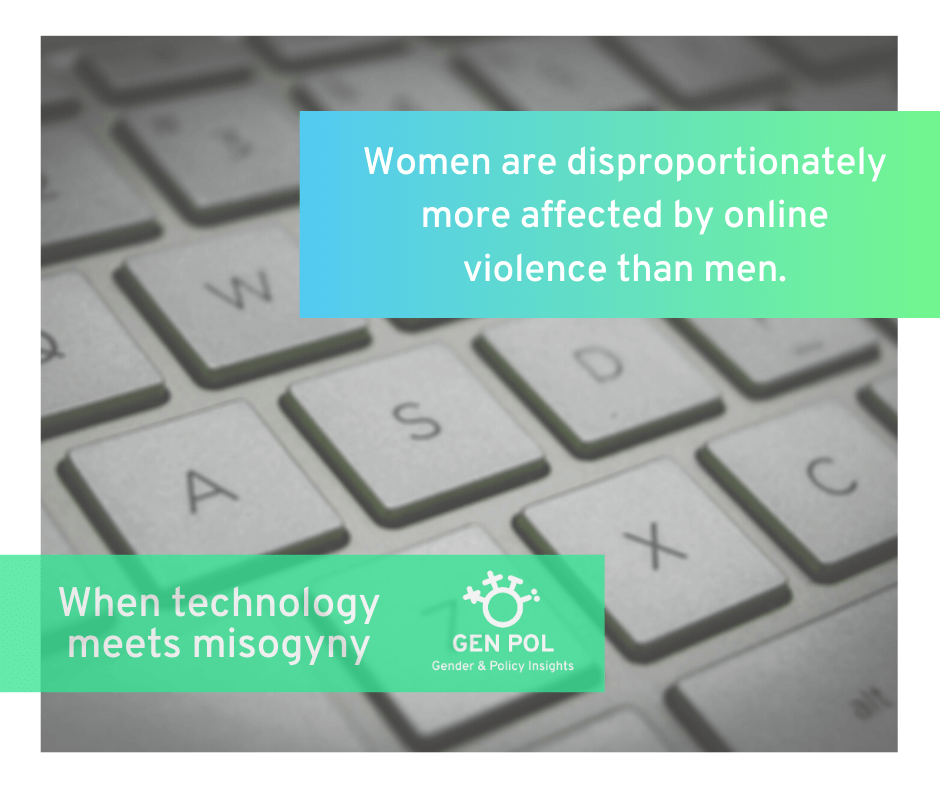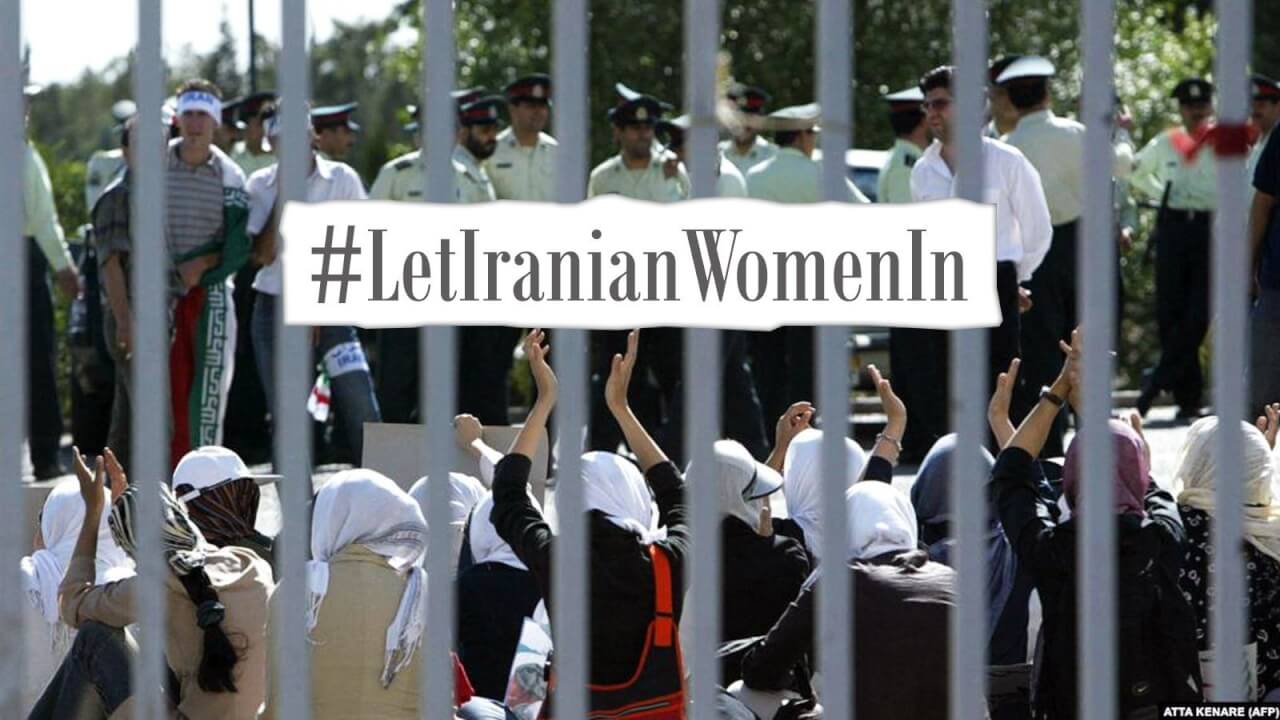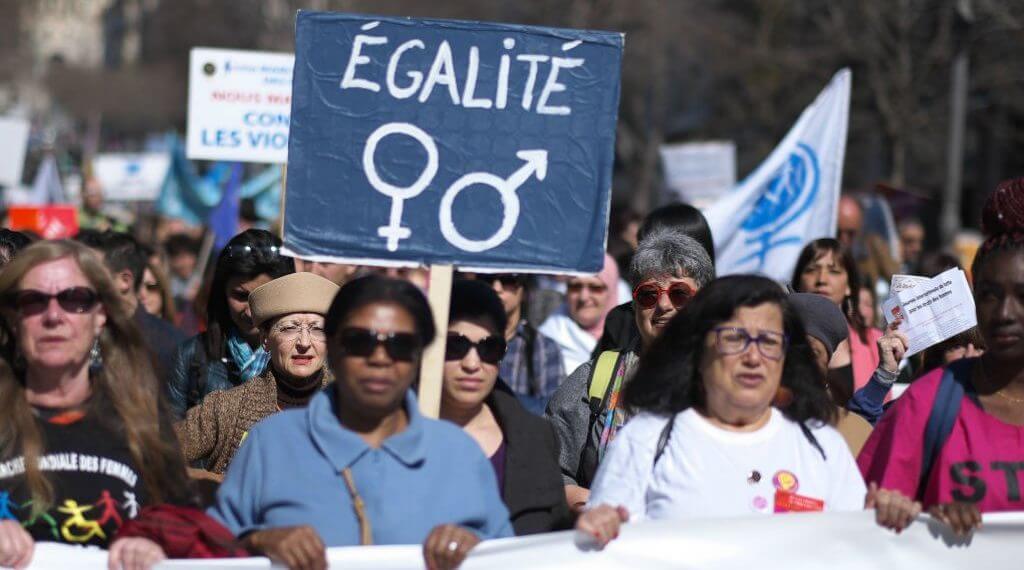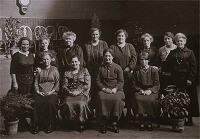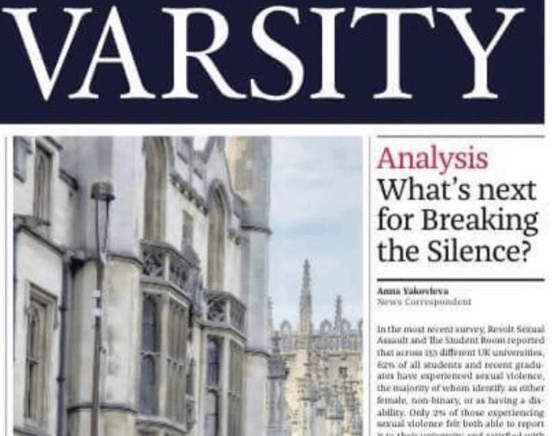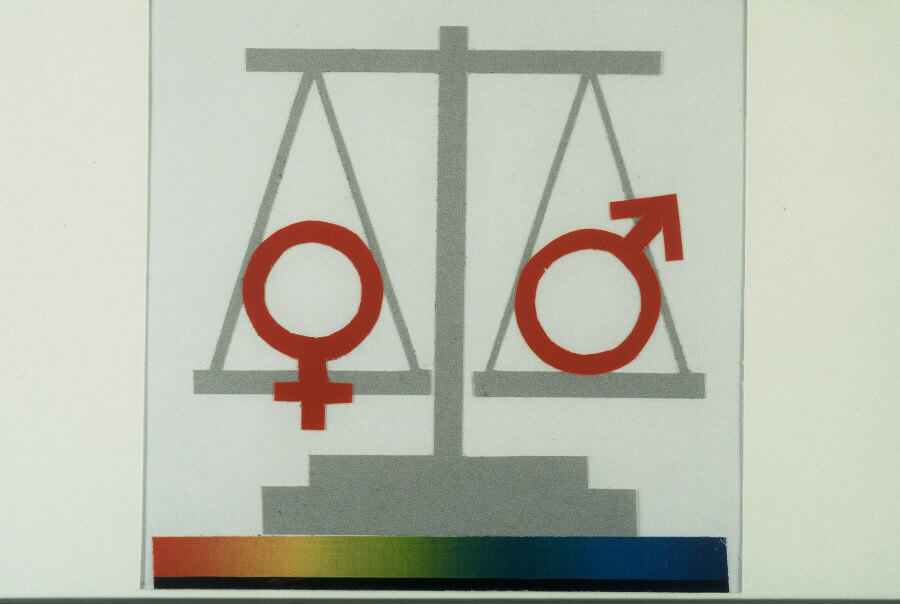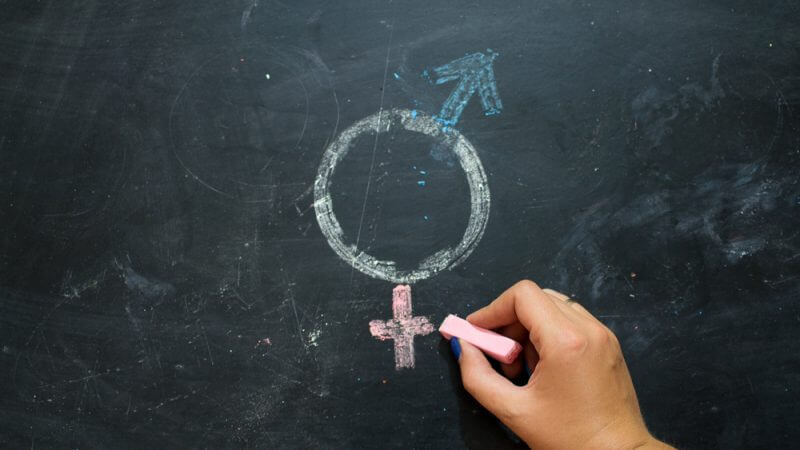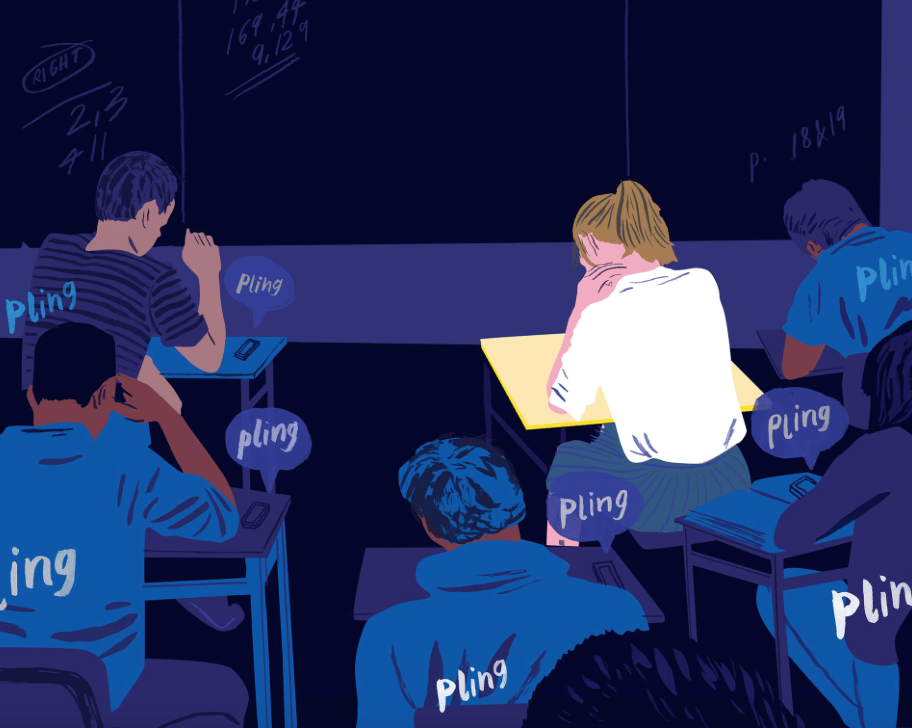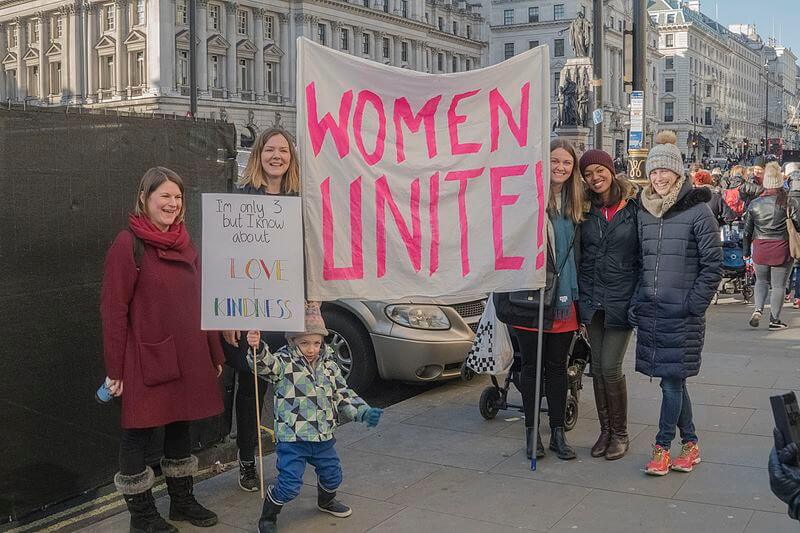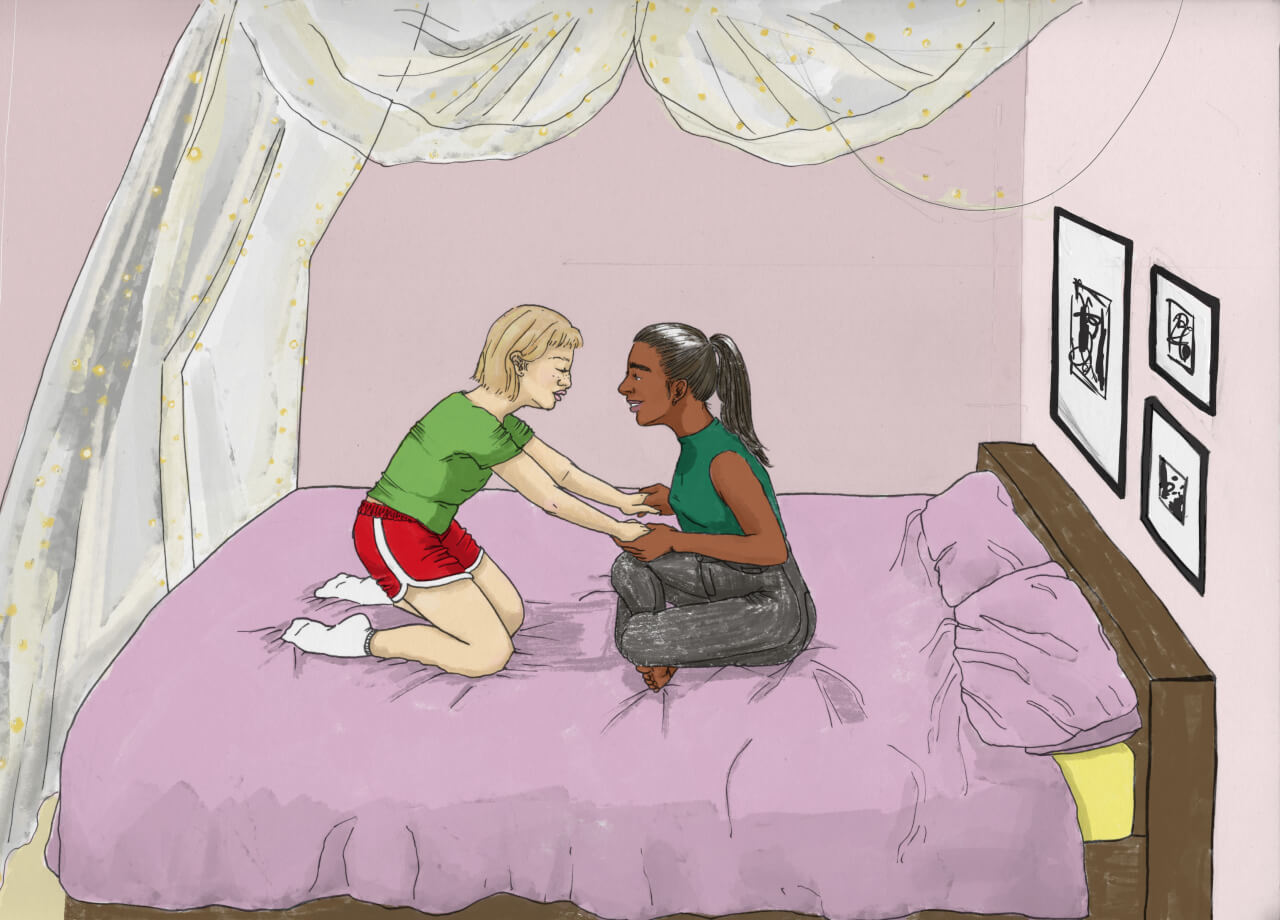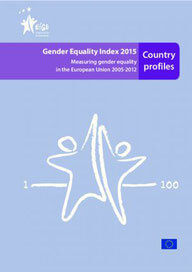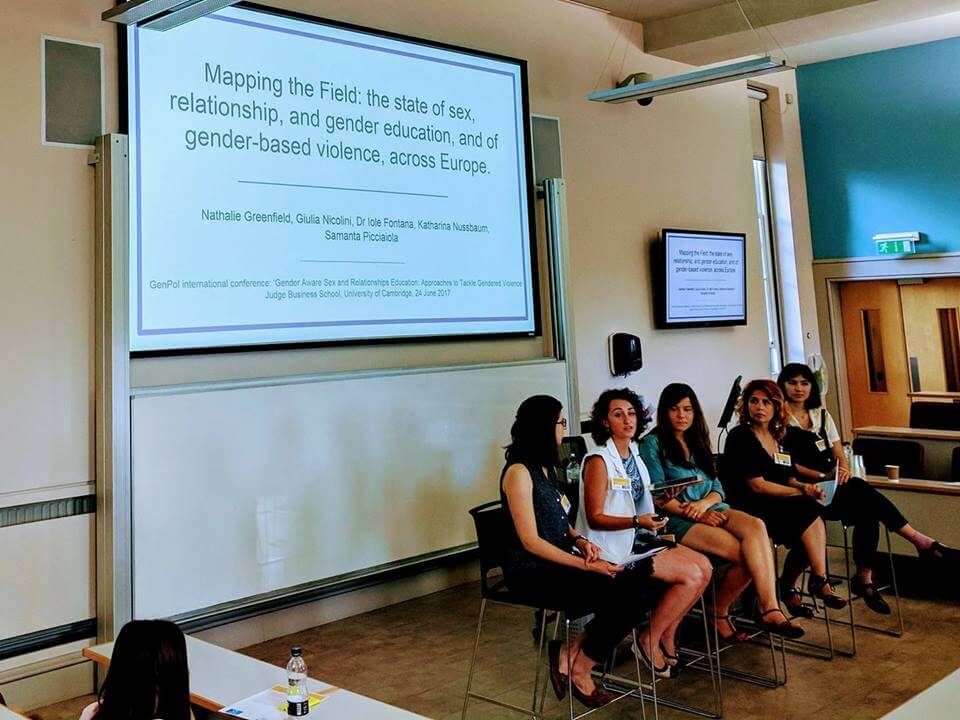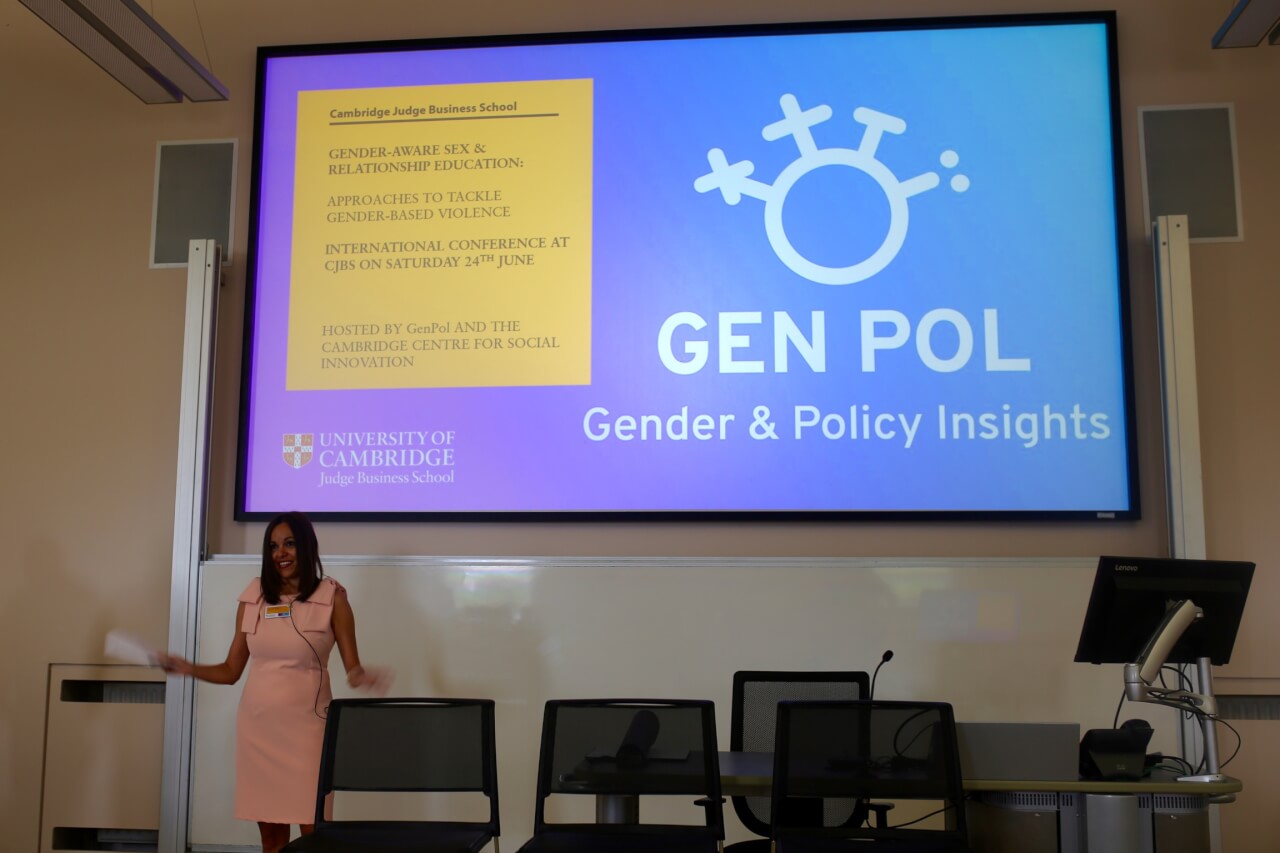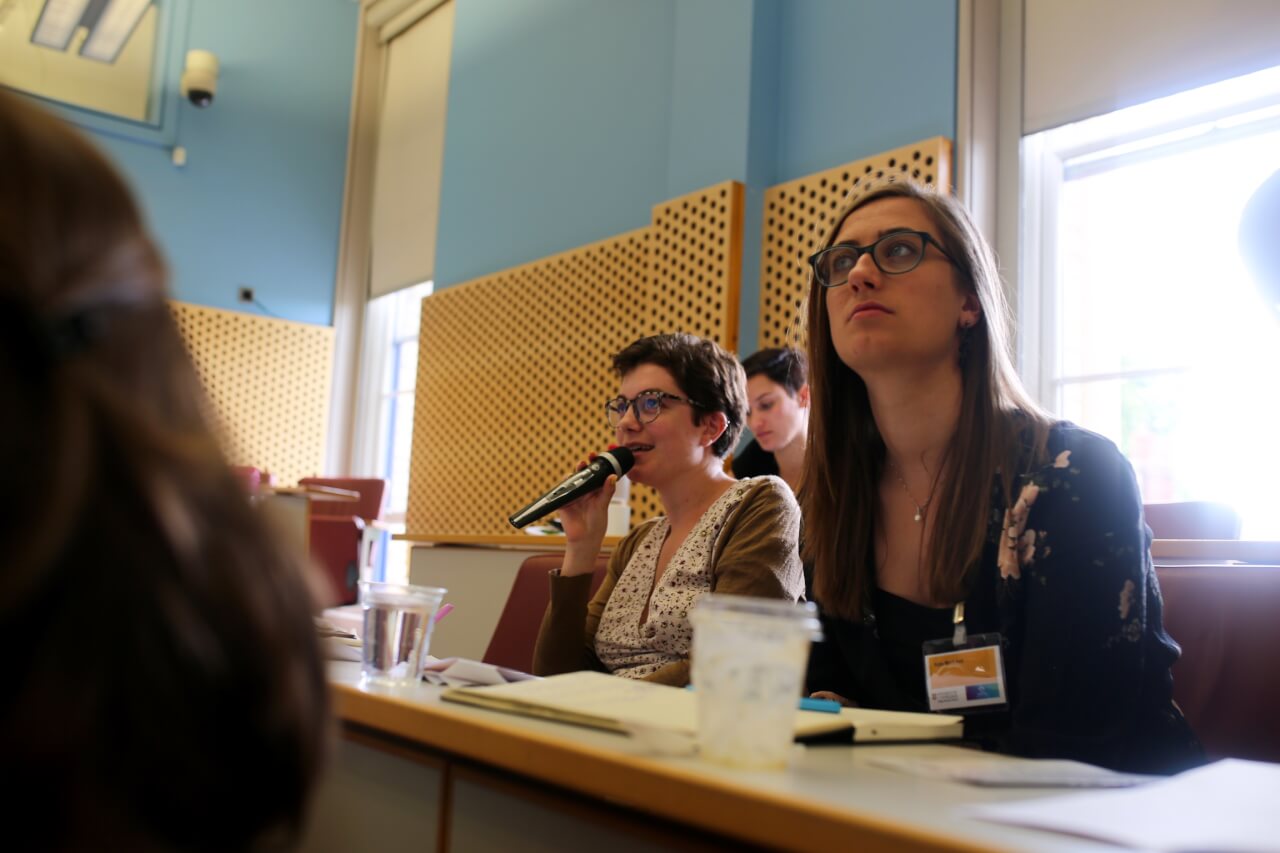
This case study was written by Andrea Wessendorf, a first year PhD candidate at the Cambridge Judge Business School . Her research looks into the ways in which organisations contribute to the recreation of patterned social inequality.
******************************
In 1965, CEOs earned 20 times as much as workers within the same organisation[1]. In 2013, this divide has almost increased fifteenfold: CEOs earned 296 times as much as the workers in the same organisation.
Organisations distribute resources. In general, we assume that hard work will pay off. The top jobs in our society – that is the jobs with the most power, status and remuneration – are allocated to whoever has the most talent and put in the most effort. This believe diverts our attention away from other explanations. After all, organisations are rational, and as rational actors, it is in their best interest to give the most important positions to the people who have the most skills. But are they?
On average, girls are equally good or better in school than boys[2]. Last year, in the UK women were 30% more likely to go to university than men[3] and likewise results in the US indicate that more women graduate from college than men[4]. Assuming gender parity at 40%, women caught up on higher education in the late 80s. If women are successful early on in their years, we should expect them to perform well in the later stages of their lifes, too.
Still, we do not see many women in the upper echelons of the organisations. In fact, 80% of the Fortune 500 boards are men. The contrast is even more stark at the very top of the organisations where 95% of the Chairs are men[5]. There is a clear gender divide between the lower and upper echelons of organisations that, looking back at the pool of candidates who left university, cannot be explained with ability.
Early research on gender inequality has shown that jobs are sex-typed[6]. That means that job roles have normative ascriptions and gendered assumptions. The industrialisation led to a spatial divide of paid work and household work, and to gender segregation within and across organisations and industries[7]. During these years job roles were formed by the job role incumbents. And these formative years still influence our perceptions today. Because men were managers in the past, managers are still assumed to be men. Under this assumption, women do not fit the job role. There is a perceived lack of fit[8] between the managerial requirements, which are “inherently” male, and the gender expectations towards women.
The consequences are manifold: All else equal, men get the benefit of the doubt and are thus more likely to be hired or promoted. Even if a woman got the job, she is likely to be under-evaluated[9] – regardless of actual performance. Consequently, men and women have different opportunities within the workplace. Moreover, when women perform managerial roles well, there is a social backlash[10]. A manager is, for example, expected to demonstrate agentic behaviour. If a man demonstrates agentic behaviour, this is perfectly in synch with the gender expectations. If a woman is agentic, there is a punishment for not being nice enough. This leads to a neglect of much needed strong social networks and may result in both less career progress and less job satisfaction.
The perceived misfit is largely due to the sex-typing of jobs. We have assumptions about jobs and people, and such stereotypes evoke an idea about how well a person will or will not fit the job – beyond actual abilities. Stereotypes therefore induce bias in evaluations. This process is often unconscious. But this means that the meanings we attach to categories, such as gender, matter because they influence our actions.
Even if it is unintentional, it is still effective. It is structural, because it affects many decisions by many people in many cases. It leads to patterned outcomes in organisational processes, based on social group membership. This leads to a systemic privilege, on average, for men as they fit the managerial positions better. And because the same structures are created and recreated time over time, the stereotypes, about job role incumbents and gender, are reinforced, continuously creating artificial barriers for those who do not fit. As a consequence, the jobs with the highest power, status, and remuneration largely continue to be assigned to men.
The central role of organisations in facilitating gender equality
Organisations contribute to gender inequality beyond the upper echelons in organisations. Gender equality is essentially about equal opportunities. It should mean that every person, given the required skills for the job at hand, should have the same opportunities of access and performance, regardless of their gender. In reality, this is not the case.
As pointed out above, we have assumptions about people based on how we categorise them. We expect a woman to be caring and a man to be assertive. We also have assumptions about job roles. A manager is a man[11] and a nurse is a woman. When job role incumbents deviate from these expectations, we tend to jump to wrong conclusions. For example, women in management positions are frequently under-evaluated, regardless of actual performance[12]. On the other hand, male nurses are regularly mistaken for doctors[13] .
These assumptions influence decision making processes. Within organisations, women are segregated into lower positions relative to men, and across organisations and occupations women tend to do more caring jobs. These phenomena are not only driven by organisations. They are recreated in daily interaction across social spheres. Consequently, gender equality in organisations is inextricably linked to more basic assumptions about gender roles. Still, organisations play a huge role in bridging the gender divide.
Not only do organisations distribute resources through organisational processes, such as hiring and promoting, in patterned ways, thereby directly contributing to gender inequality. Their policies and cultures also affect gender roles beyond their organisational boundaries. Specifically, studies have shown that the success of government policies in driving gender equality is affected by organisational policies and cultures.
At entry level positions, men and women earn the same wages[14]. The pay gap emerges as soon as partners start having a family. Women tend to stay at home and work reduced schedules, thereby suspending their careers. But even if women work full-time, they spent more time in the household than men. This is a double-burden that men are not expected to carry.
Sweden tried to address this issue by making a portion of the parental leave obligatory for fathers[15]. However, a study found that men will only take parental leave if they feel that it is socially accepted and not punished in the company[16]. This bring the responsibility back to organisations. Their policies and cultures play a big role in making the change. Gender equality cannot be achieved without organisations.
References:
[1] https://www.epi.org/publication/ceo-pay-continues-to-rise/
[2] http://kjonnsforskning.no/en/2017/03/underachieving-boys-or-clever-girls; https://www.telegraph.co.uk/education/11364130/Girls-do-better-than-boys-at-school-despite-inequality.html
[3] https://www.ucas.com/file/140436/download?token=WX45D1lF
[4] https://www.statista.com/statistics/184272/educational-attainment-of-college-diploma-or-higher-by-gender/
[5] https://corpgov.law.harvard.edu/2018/05/01/missing-pieces-report-the-2016-board-diversity-census-of-women-and-minorities-on-fortune-500-boards/
[6] Epstein, C. F. (1970). ‘Encountering the Male Establishment: Sex-Status Limits on Women’s Careers in the Professions’, American Journal of Sociology, 75(6), pp. 965–982.
[7]Calás, M. B. and Smirich, L. (2006). ‘From the “Woman’s Point of View” Ten Years Later: Towards a Feminist Organization Studies’, in The SAGE Handbook of Organization Studies. Second. London: SAGE, pp. 284–346.
[8] Heilman, M. E. (1983). ‘Sex bias in work settings: The Lack of Fit model’, Research in Organizational Behavior, 5, pp. 269–298.
[9] Heilman, M. E. (2002). ‘Description and Prescription: How Gender Stereotypes Prevent Women’s Ascent Up the Organizational Ladder’, Journal of Social Issues, 57(4), pp. 657–674. doi: 10.1111/0022-4537.00234.
[10] Eagly, A. H. and Karau, S. J. (2002). ‘Role congruity theory of prejudice toward female leaders.’, Psychological Review, 109(3), pp. 573–598. doi: 10.1037//0033-295X.109.3.573; Rudman, L. A. and Glick, P. (2002). ‘Prescriptive Gender Stereotypes and Backlash Toward Agentic Women’, Journal of Social Issues, 57(4), pp. 743–762. doi: 10.1111/0022-4537.00239.
[11] Schein, V. E. (1973). ‘The relationship between sex role stereotypes and requisite management characteristics’, Journal of Applied Psychology, 57(2), pp. 95–100. doi: 10.1037/h0037128.
[12]Heilman, M. E. (1983). ‘Sex bias in work settings: The Lack of Fit model’, Research in Organizational Behavior, 5, pp. 269–298; Heilman, M. E. (2002). ‘Description and Prescription: How Gender Stereotypes Prevent Women’s Ascent Up the Organizational Ladder’, Journal of Social Issues, 57(4), pp. 657–674. doi: 10.1111/0022-4537.00234.
[13] Wingfield, A. H. (2009). ‘Racializing the Glass Escalator: Reconsidering Men’s Experiences with Women’s Work’, Gender & Society, 23(1), pp. 5–26. doi: 10.1177/0891243208323054.
[14] https://slate.com/business/2018/02/even-in-denmark-children-are-career-killers-for-working-moms.html
[15] https://www.telegraph.co.uk/news/2017/12/19/take-five-months-parental-leave-swedish-fathers-told/
[16] Haas, L., Allard, K. and Hwang, P. (2002). ‘The impact of organizational culture on men’s use of parental leave in Sweden’, Community, Work & Family, 5(3), pp. 319–342. doi: 10.1080/1366880022000041801.

